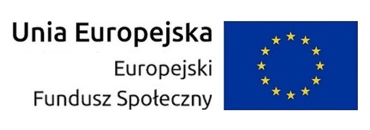Niezmienniki topologiczne dla przekształceń nieciągłych
- Prelegent(ci)
- Paweł Goldstein
- Afiliacja
- Instytut Matematyki
- Termin
- 7 listopada 2019 14:30
- Pokój
- p. 2180
- Seminarium
- Kolokwium Wydziału MIM UW

W pochodnej przekształcenia różniczkowalnego zakodowane jest wiele informacji o jego topologicznych własnościach: ze znaku jakobianu możemy odczytać, czy zachowana jest orientacja; znając pochodną możemy ustalić stopień topologiczny i inne niezmienniki topologii różniczkowej. Jednak w realnych zastosowaniach matematyki nieczęsto mamy do czynienia z przekształceniami wszędzie różniczkowalnymi - materia pęka, łamie się, topi i odparowuje; dla opisu tych zjawisk w rachunku wariacyjnym i równaniach różniczkowych ważniejsze i naturalniejsze są przekształcenia słabo różniczkowalne, np. należące do przestrzeni Sobolewa. Takie przekształcenia nie tylko nie muszą być różniczkowalne, ale wręcz mogą być nigdzie nieciągłe. Mimo to w wielu przypadkach możemy definiować dla nich niezmienniki topologii różniczkowej, używając we wzorach słabej pochodnej tam, gdzie powinniśmy wstawić klasyczną pochodną. Czy jednak podejście to ma jakikolwiek sens? I czy jest z niego z tego jakiś pożytek? Okazuje się, że tak, i że metody i intuicje topologii różniczkowej pozwalają rozstrzygać naturalne i ważne pytania w analizie geometrycznej i podstawach rachunku wariacyjnego.
 Nie jesteś zalogowany |
Nie jesteś zalogowany |
















